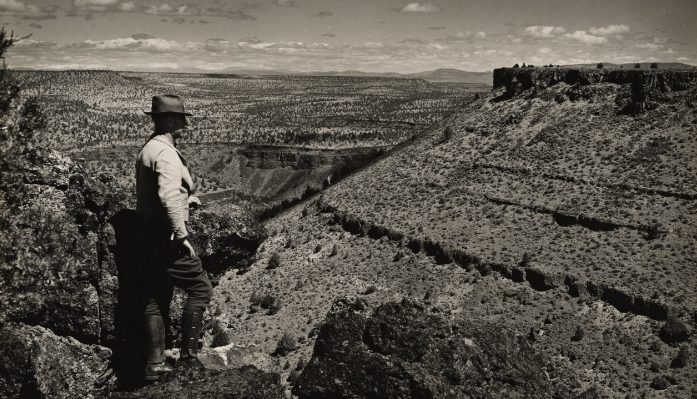- Messages
- 5,152
- Reactions
- 11,450
Every now & then I like to update my pack contents. This is best accomplished in my case, by settling on 'the list'. This year is doubly challenged, as I'm trying to validate difference between "3 day" and "48 hour" pack.
Not so much focus on "Bug Out" style contents, as "get home" from being delayed in some day trip. The story about the Wa State highway closure due to a sudden attack by mutant tumbleweeds out there on Hwy 240 near W Richfield/Hanford area got me thinking....just what IS my own current content list.
What you got as essentials for YOUR "48 hour" pack.
Not so much focus on "Bug Out" style contents, as "get home" from being delayed in some day trip. The story about the Wa State highway closure due to a sudden attack by mutant tumbleweeds out there on Hwy 240 near W Richfield/Hanford area got me thinking....just what IS my own current content list.
What you got as essentials for YOUR "48 hour" pack.






 although; EDC small kit plus a slightly bigger kit in the pack would work for any length of time...
although; EDC small kit plus a slightly bigger kit in the pack would work for any length of time...

 this is me
this is me 




